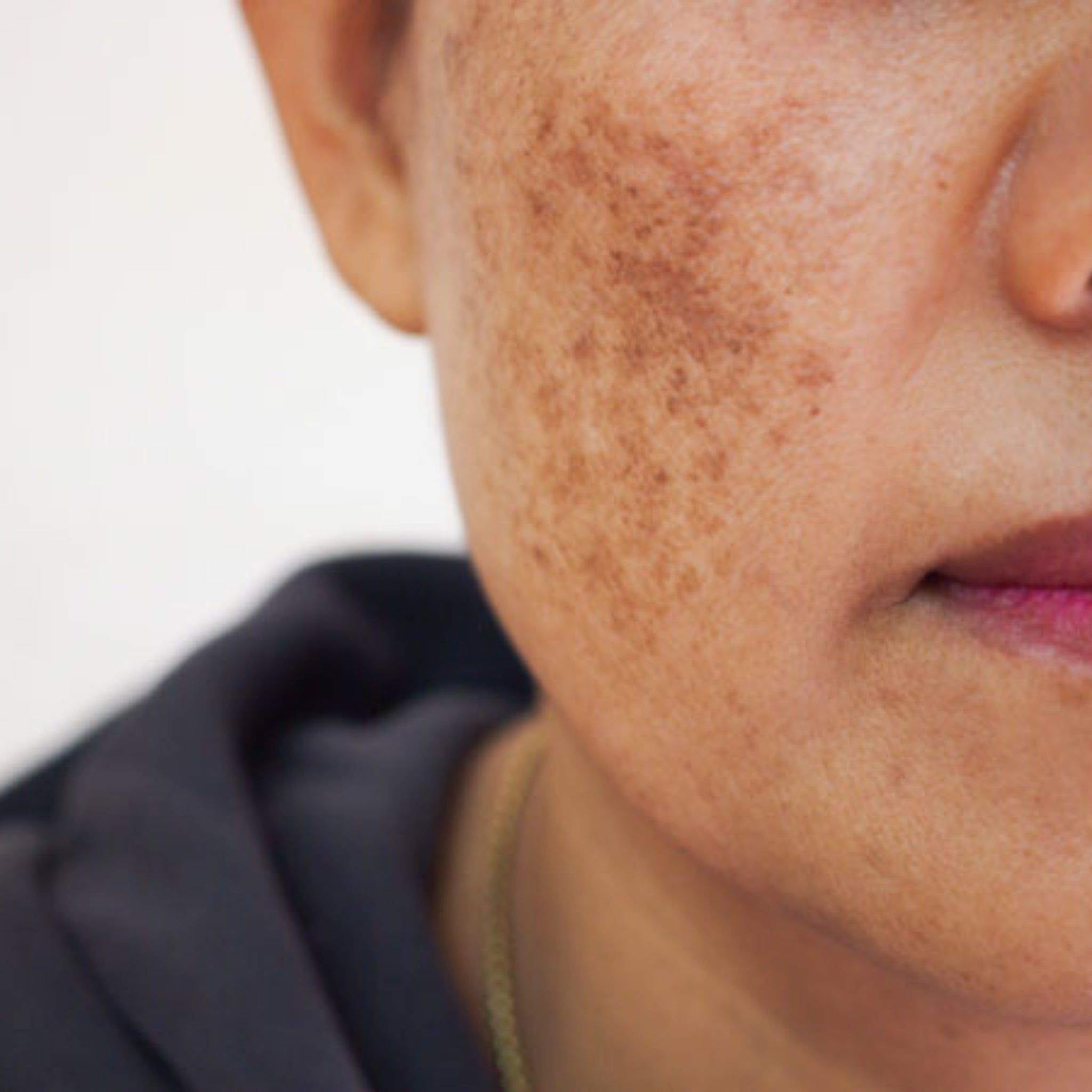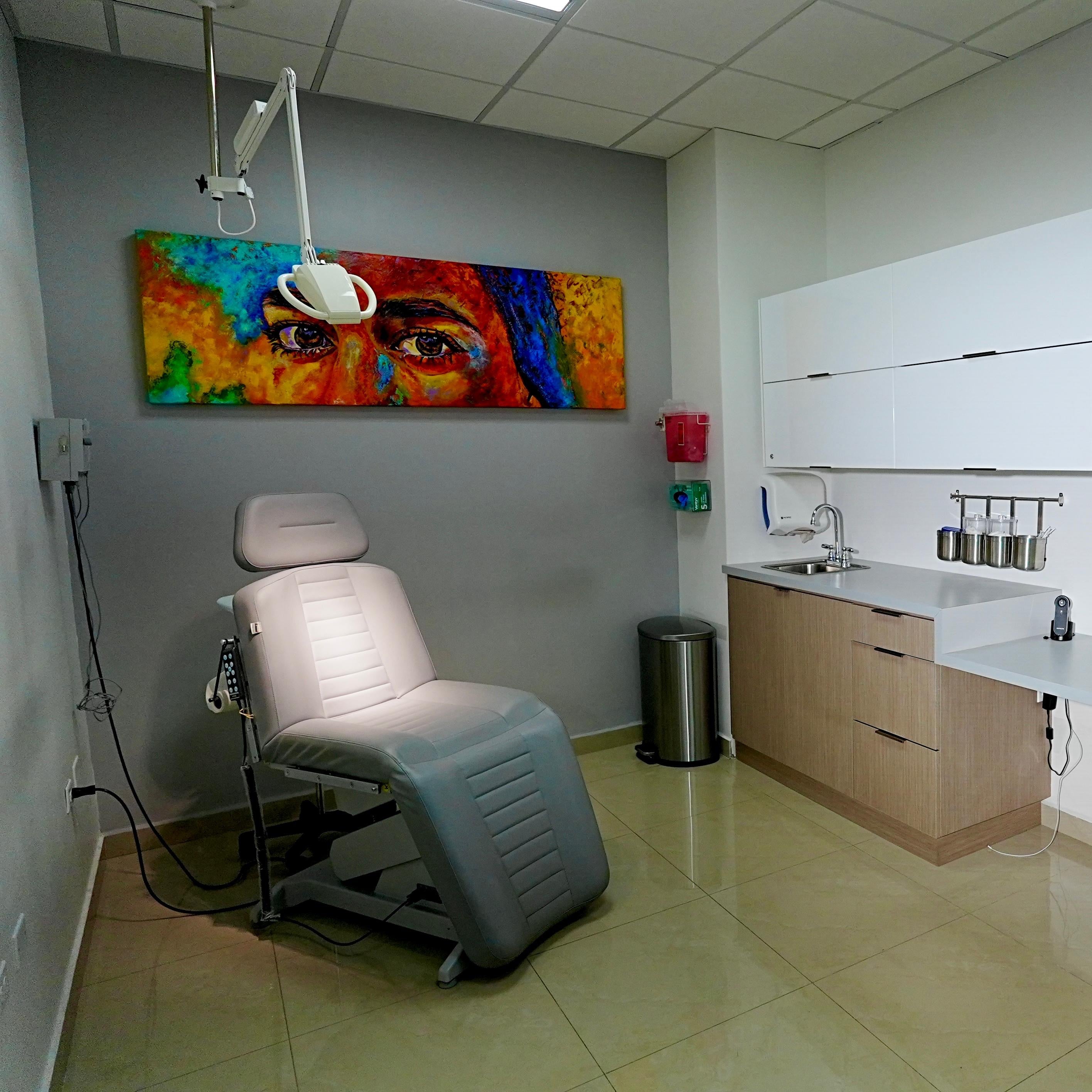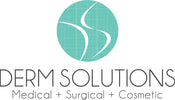Melasma
Please note: This service is not available online. It is only offered in-person at our office. Schedule your appointment to experience expert care.
Melasma (Chloasma or "Mask of Pregnancy")
Melasma, also known as chloasma or the "mask of pregnancy," is a common skin condition characterized by patches of hyperpigmentation (darker skin discoloration). These patches typically appear in a symmetrical, map-like pattern on the face, particularly on the cheeks, forehead, nose, and upper lip. While melasma predominantly affects women, especially during pregnancy or while taking hormonal birth control, men can also develop this condition.
Characteristics:
- Appearance: Flat, brown or grayish-brown patches of discoloration.
- Location: Most commonly on the face (cheeks, forehead, nose, upper lip, chin), but can also occur on the neck and forearms.
- Pattern: Typically symmetrical, appearing on both sides of the face.
Causes and Contributing Factors:
- Hormonal Changes: Pregnancy (hence the "mask of pregnancy" nickname), hormone replacement therapy, and birth control pills are major triggers.
- Sun Exposure: Ultraviolet (UV) radiation from the sun stimulates melanocytes (pigment-producing cells), worsening melasma.
- Genetics: A family history of melasma increases the risk.
- Certain Medications: Some medications can contribute to melasma.
- Hypothyroidism: In some cases, thyroid disorders can be associated with melasma.
Treatment and Management:
- Sun Protection: Consistent daily use of broad-spectrum sunscreen with SPF 30 or higher is crucial to prevent melasma from worsening.
-
Topical Treatments:
- Hydroquinone: A skin-lightening agent (use with caution and under medical supervision).
- Tretinoin (Retinoids): Helps to increase skin cell turnover and fade hyperpigmentation.
- Corticosteroids: Can be used in combination with other topical agents to reduce inflammation.
- Azelaic Acid: Helps to reduce hyperpigmentation and inflammation.
- Kojic Acid: Another skin-lightening agent.
- Combination Creams: Often contain a combination of hydroquinone, tretinoin, and a corticosteroid.
- Chemical Peels: Can help to exfoliate the skin and improve hyperpigmentation.
- Laser and Light Therapies: Certain lasers and light therapies can be effective in treating melasma, but careful selection of the appropriate treatment is essential to avoid worsening the condition.
Important Considerations:
- Melasma is a chronic condition, and recurrence is common, especially with sun exposure.
- Consistent sun protection is essential for managing melasma.
- It's important to consult with a dermatologist for diagnosis and a personalized treatment plan.

How to Book This Service
Our professional dermatology services are provided exclusively in our Guaynabo office. Schedule your appointment today or contact us to learn more about how we can help you.
VISIT US
Professional Hospital, 9 Las Cumbres Ave, Suite 15, Guaynabo Puerto Rico 00971, United States
Mon - Thu, 7:45am - 4:45pm
Fri, 8:00am - 2:00pm
Sat - Sun, Closed


CONTACT US
-
EMAIL US
info@dermpr.store -
Call us
787-626-3431 -
Follow us


